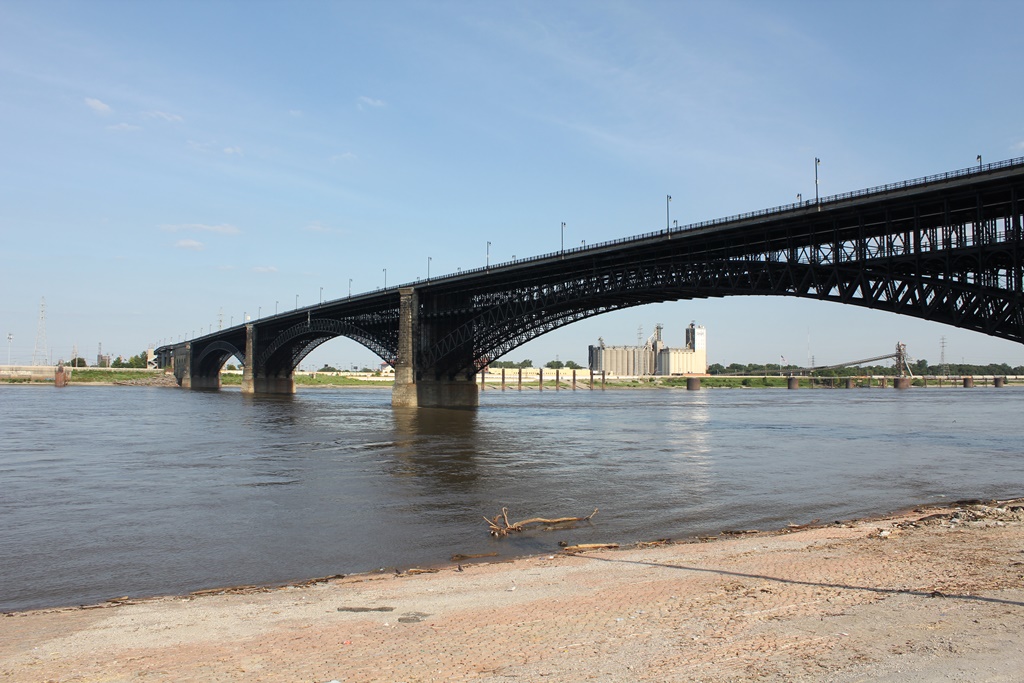
The Eads Bridge in Saint Louis, Missouri crosses the Mighty Mississippi in the shadow of the Gateway Arch, and is one of the most iconic bridges in the United States. In addition to being the oldest bridge across the Mississippi at St. Louis, it continues to serve significant commuter rail traffic between East St. Louis and St. Louis.
The bridge was first conceived in 1867, with construction beginning the same year. James B. Eads was chosen to design the bridge. Although he had no prior experience in bridge building, all parties involved felt confident he could restore St. Louis to its former glory with the new bridge. The first challenge was the regulations of the Mississippi River. Steamboat Companies set unheard of restrictions for bridge building, which would require the radical design that exists today. The design chosen was an arch, with three spans. These arches would be constructed of iron tubes, and set upon masonry piers and abutments. The Keystone Bridge Company did the fabrication for the owner, the Illinois & St. Louis Bridge Company.
Once construction began, the bridge would see an immense number of challenges. The first involved the depth in which the piles would be driven. Caissons were driven nearly 100 feet below the river surface. The process by which this happened killed 13 men, and paralyzed another 2. It involved putting compressed air in the caisson, and filling it with stone until bedrock could be hit. In addition, once work on the arches began, the superstructure could not be constructed with falsework. Instead, a cantilevered technique was used which involved “launching” from the piers. The spans would meet and be completed in the middle. On July 4th, 1874 the bridge was dedicated. President Ulysses S. Grant dedicated the bridge, while General William T. Sherman drove the golden spike. The bridge was constructed with two decks, one for rail and one for road. The approaches consisted of stone arches of various sizes and shapes.
Despite the accomplishments and achievements of the bridge, it was bankrupt within the year. Railroads boycotted the bridge because of poor planning and access to it. When the bridge was finally sold to the Merchants Exchange during bankruptcy, it went for about 1/5 of the original estimated worth. This caused the Bank of Missouri to fold, and led to the indictment of several officials involved with the bridge. However, Eads did not face trouble.
The Merchants Exchange eventually lost control of the bridge to the Terminal Railroad Association in the late 1880s. Fearing a monopoly of the river crossings, this led to the construction of the equally impressive Merchants Bridge upstream.
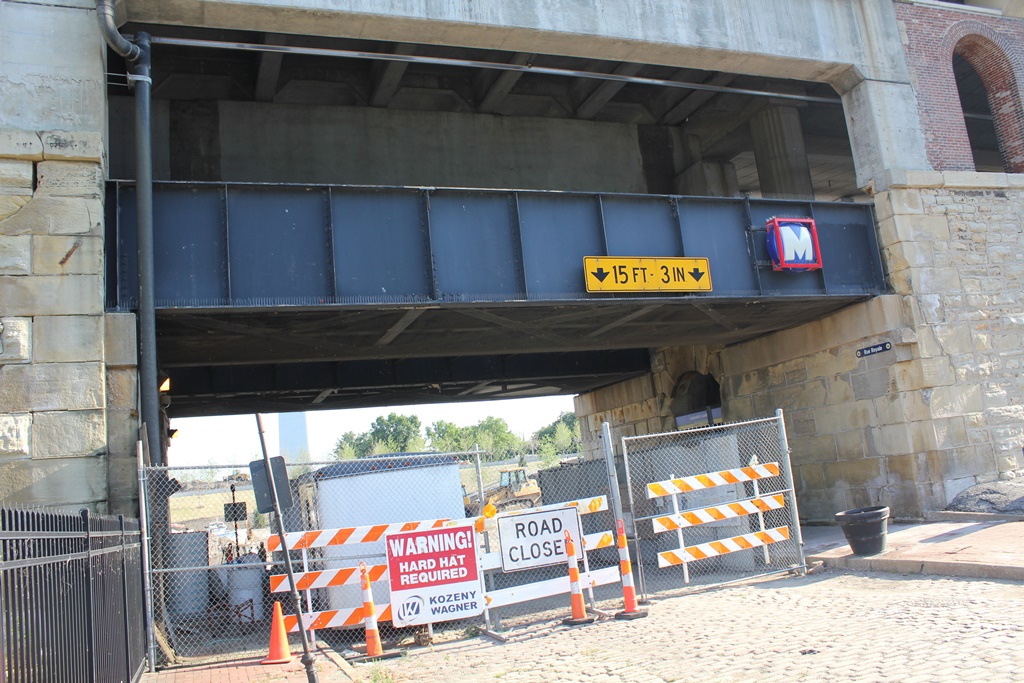
By the 1970s, the rail deck would be abandoned and unused. In 1989, the bridge was exchanged for the MacArthur Bridge downstream with the City of St. Louis. Modern trains were too large for both the bridge and approach tunnels. However, in 1993, the MetroLink Light Rail began operations on this corridor. This put the bridge back into service for rail traffic. At the same time, the road deck was closed for reconstruction. It reopened in 2003.
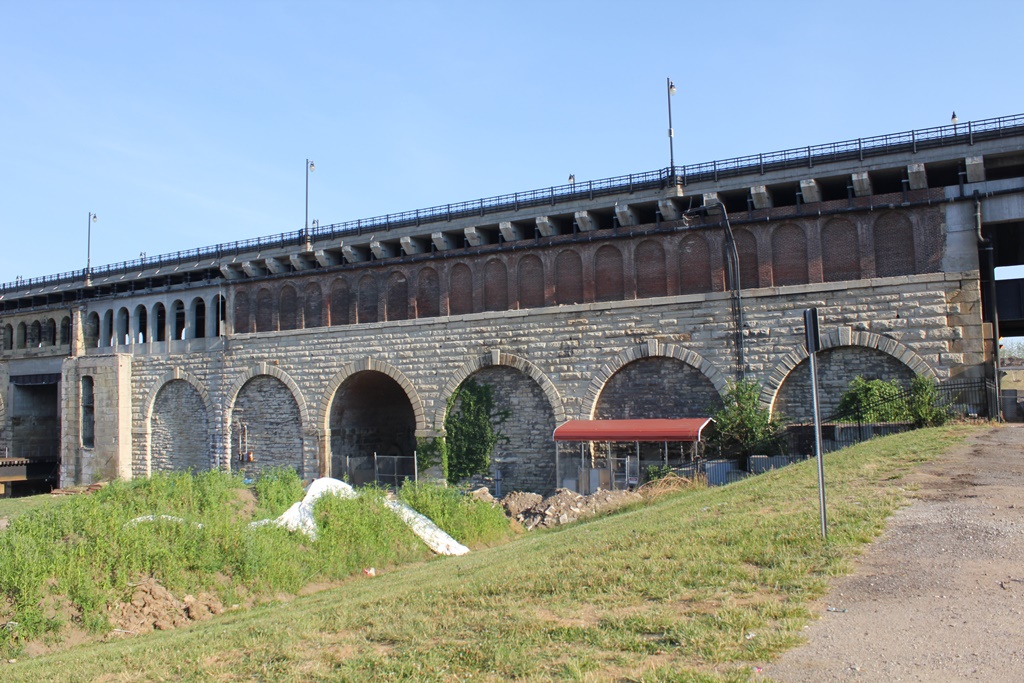
In 2016, the bridge is considered to be one of the most significant engineering achievements ever. The largest arch is 533 feet long, nearly 200 feet longer than the previous longest arch. The caisson construction also was highly significant. Because of the bridge’s historic importance, it was dedicated as a National Historic Landmark in 1964, and added to the National Register of Historic Places in 1966. Despite all the recognition, it has been renovated many times. Some of the original stone arch approaches have been replaced with newer spans, such as girders. The original highway approaches have been replaced as well. In addition, the bridge is undergoing another reconstruction in 2016.
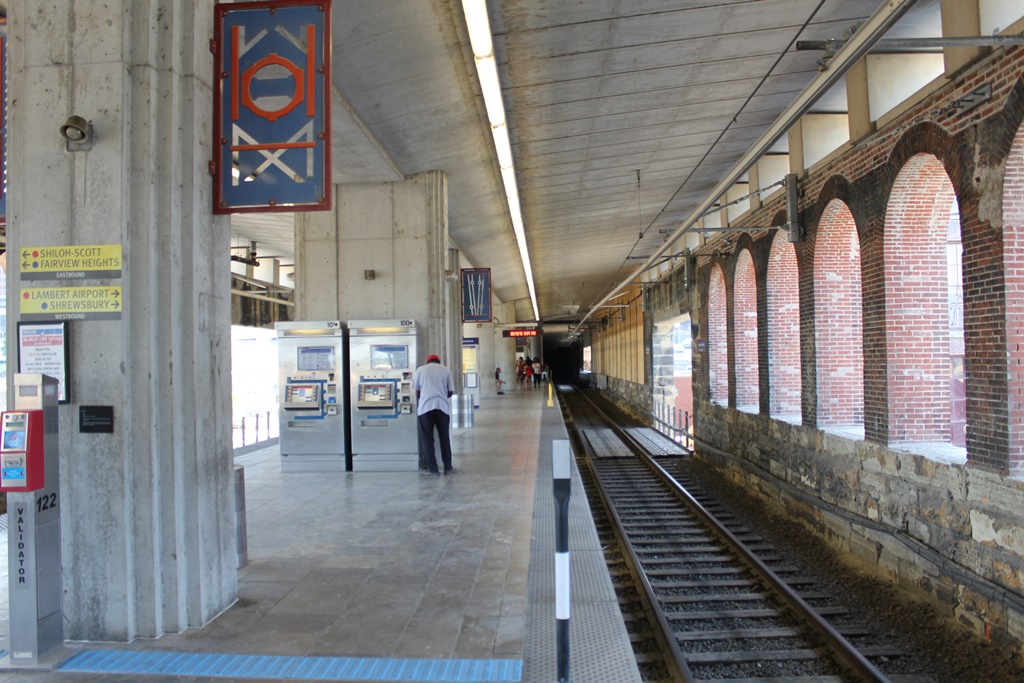
Today it remains one of the strongest and most significant bridges ever built. It presently carries two tracks of MetroLink, with stations on both the west and east end. The bridge is one of the most iconic structures in the area, and perfectly complements the area down by the Gateway Arch.
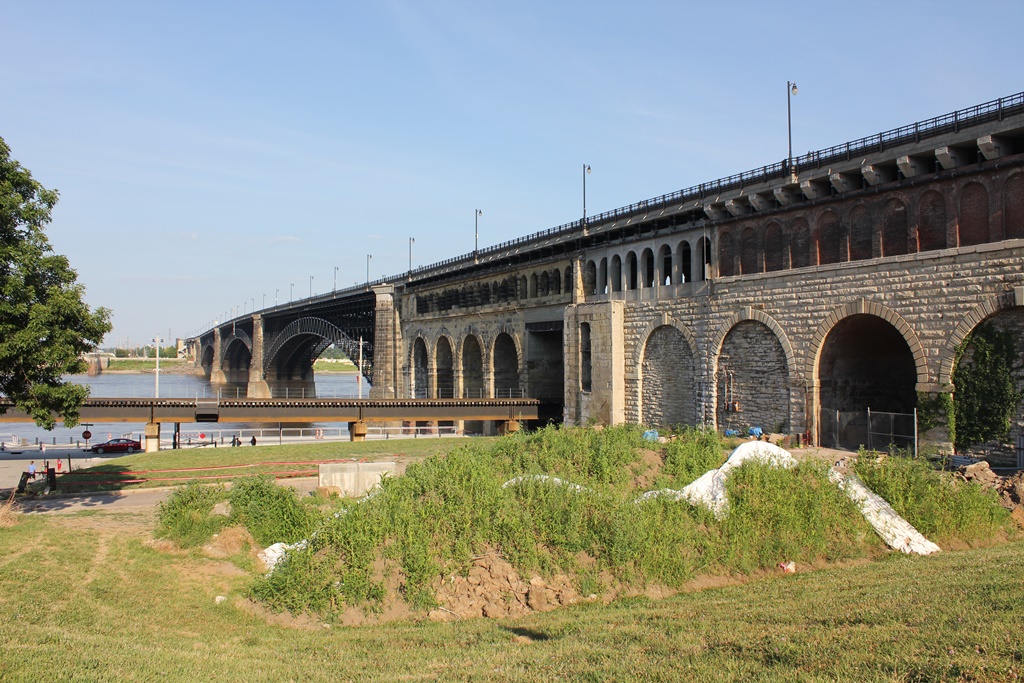
John Marvig – Text and photographs Copyright – 2016
See more of John’s work at John Marvig’s Railroad Bridge Photography